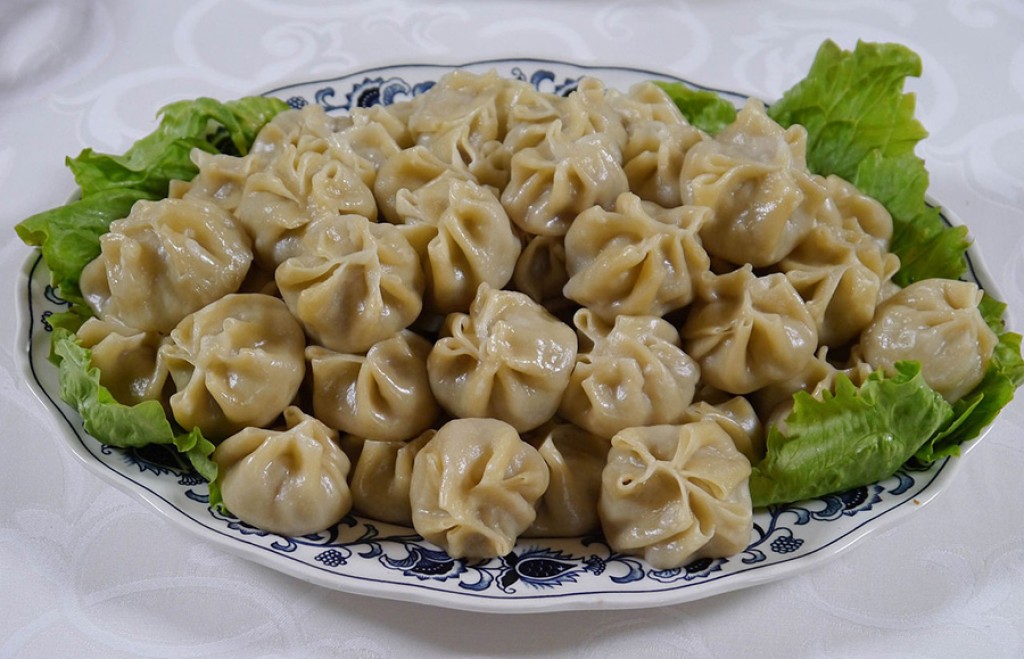8:03 PM Discovering the Soul of Mongolia Through Its Cuisine | |

1. The Art of Airag: Mongolia’s National DrinkOne of Mongolia’s most iconic offerings is airag, a fermented mare’s milk that symbolizes celebration and unity. Traditionally made during summer, airag is churned daily in a leather sack called a khokhuur until it transforms into a tangy, slightly effervescent drink. It’s often served in a communal bowl as a gesture of hospitality. Airag is not just a drink but a cultural experience, connecting visitors to Mongolia's equestrian heritage. 2. Buuz: A Taste of FestivityEvery Mongolian celebration, from the Lunar New Year (Tsagaan Sar) to family gatherings, features buuz, steamed dumplings filled with mutton or beef. The secret lies in their preparation: each dumpling is meticulously folded into intricate patterns, a skill passed down through generations. Pairing these savory bites with pickled vegetables provides a delightful contrast to the hearty flavors. 3. Khorkhog: Barbecue, Nomadic StyleKhorkhog is Mongolia's version of a barbecue, cooked using hot stones. Pieces of mutton or goat, along with root vegetables, are layered inside a metal container with heated stones. As the ingredients cook, the stones infuse the dish with a smoky, earthy aroma. Sharing khorkhog around a campfire under Mongolia’s starlit sky is an unforgettable culinary adventure. 4. Boodog: The Ultimate Outdoor FeastFor the more adventurous foodie, boodog offers a unique twist on outdoor cooking. A whole goat or marmot is cooked from the inside out by placing hot stones into its cavity. The result is tender, juicy meat with a rich, smoky flavor. Preparing boodog is as much a spectacle as it is a meal, showcasing the ingenuity of Mongolia’s nomadic culture. 5. Dairy Delights: From Aaruul to Suutei TsaiMongolians have mastered the art of dairy.
6. The Rising Influence of Urban FusionIn cities like Ulaanbaatar, a growing culinary scene blends traditional Mongolian flavors with global influences. Restaurants are experimenting with dishes like mutton pasta, camel burgers, and airag cocktails, appealing to both locals and tourists seeking innovation. 7. Culinary Etiquette: Respecting Mongolian TraditionsDining in Mongolia is as much about respect as it is about food. Always accept food and drink with your right hand, and try at least a bite of everything offered. Food waste is frowned upon, as every resource is deeply valued in the nomadic lifestyle. Final Thought:Mongolian food is more than sustenance; it’s a story of survival, adaptability, and community. Whether you’re savoring the rich simplicity of buuz or partaking in the ceremonial preparation of boodog, each dish carries the spirit of Mongolia’s nomadic heritage. For travelers, every meal is an invitation to connect with the soul of this extraordinary land. | |
|
| |
| Total comments: 0 | |